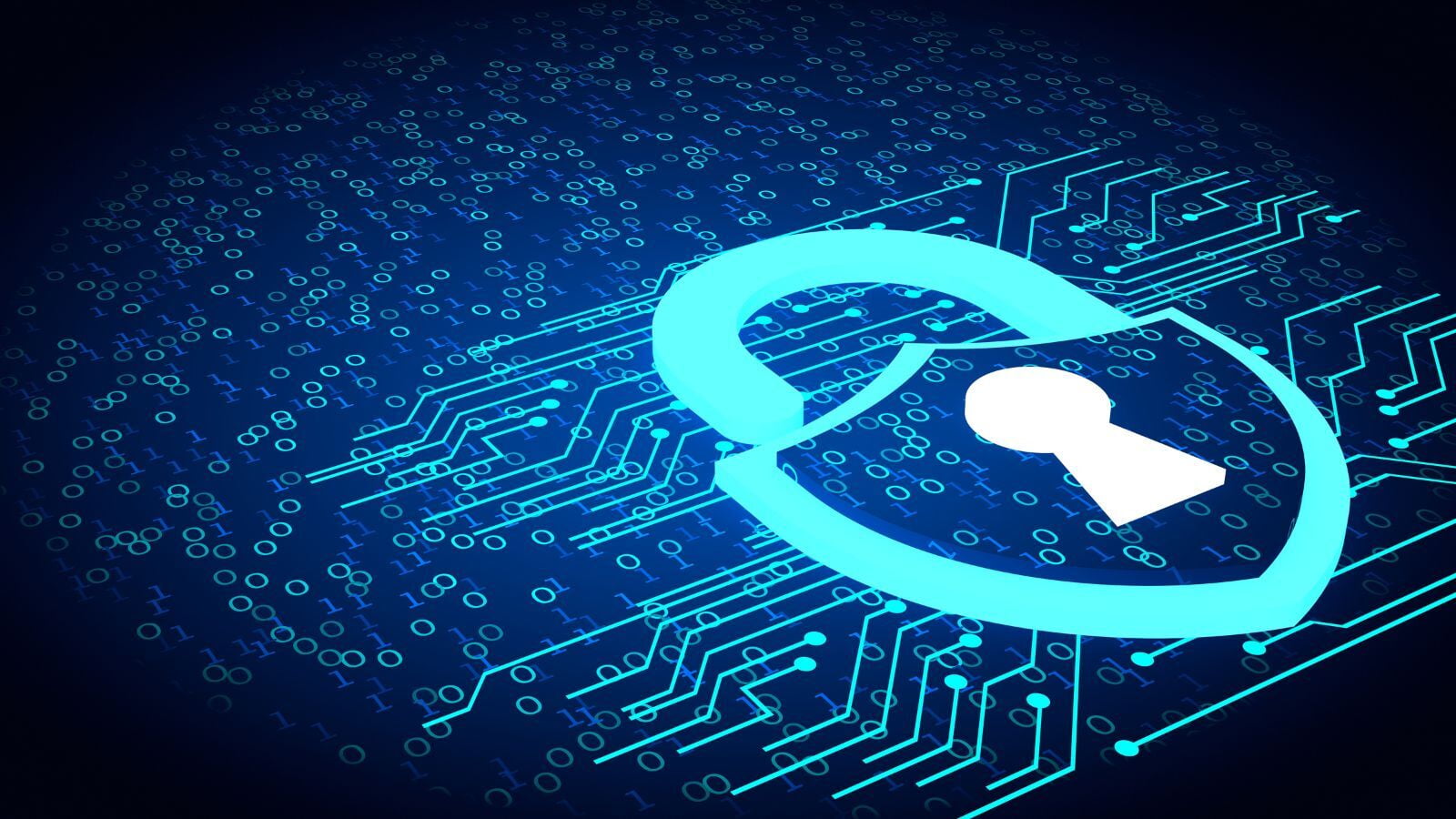Data protection is the practice of safeguarding important data from loss, corruption, or unauthorized access. It is critical for organizations to protect their data, as it is often a valuable asset that is essential for business operations and decision-making.

One of the major threats to data protection is ransomware, which is a type of malware that encrypts a victim's files and demands a ransom from the victim to restore access.
Ransomware attacks can have serious consequences for organizations, including downtime, lost productivity, and financial losses. To protect against ransomware, organizations can implement security measures such as firewalls, antivirus software, and email filtering, as well as educate employees on how to identify and avoid phishing attacks.
In the event that data is lost or corrupted, it is important for organizations to have a backup and recovery plan in place. This typically involves regularly creating copies of important data and storing them in a separate location. If data is lost or corrupted, the organization can then restore it from the backups. It is important to regularly test and update the backup and recovery plan to ensure it is effective in the event of an emergency.
Here are the steps for creating a backup and recovery plan:
Identify the data that needs to be backed up:
This includes any data that is critical for business operations or that would be difficult or costly to recreate.
Determine the frequency of backups:
Consider how often the data is changing and how much data can be tolerated to be lost in the event of a disaster.
Choose a backup method:
There are several options for backing up data, including on-site backups, off-site backups, and cloud backups. Consider factors such as cost, security, and accessibility when deciding on a backup method.
Test the backup and recovery process:
Regularly test the backup and recovery process to ensure that it is working properly and that the data can be successfully restored.
Document the plan:
Create a written plan that outlines the steps for backing up and recovering data, including who is responsible for each task and how to access the backed-up data.
Train employees: $Make sure that all employees who are responsible for implementing the backup and recovery plan are trained on how to do so.
Review and update the plan:
Regularly review and update the backup and recovery plan to ensure that it is still effective and meets the needs of the organization.
By following these steps, organizations can create a robust backup and recovery plan that helps protect their data and minimize the impact of data loss.
Annexus Technologies data protection services are designed to help organizations safeguard their data from loss, corruption, or unauthorized access. These services can include a variety of solutions such as data backup, data recovery, and cybersecurity measures.
Data backup involves creating copies of important data and storing them in a separate location, such as on an external hard drive or in the cloud. This helps ensure that the data can be restored in the event of a disaster or data loss.
Data recovery involves restoring data from backups or other sources in the event that it is lost or corrupted. This can be done through a variety of methods, including using specialized software or working with a data recovery specialist.
Cybersecurity measures are designed to protect against cyber threats such as malware, phishing attacks, and hacking. These measures can include firewalls, antivirus software, email filtering, and employee training on how to identify and avoid cyber threats.
Overall, data protection is essential for organizations to protect their valuable data and minimize the risks and consequences of data loss. By implementing security measures and having a robust backup and recovery plan in place, organizations can effectively safeguard their data and minimize the impact of threats such as ransomware.
